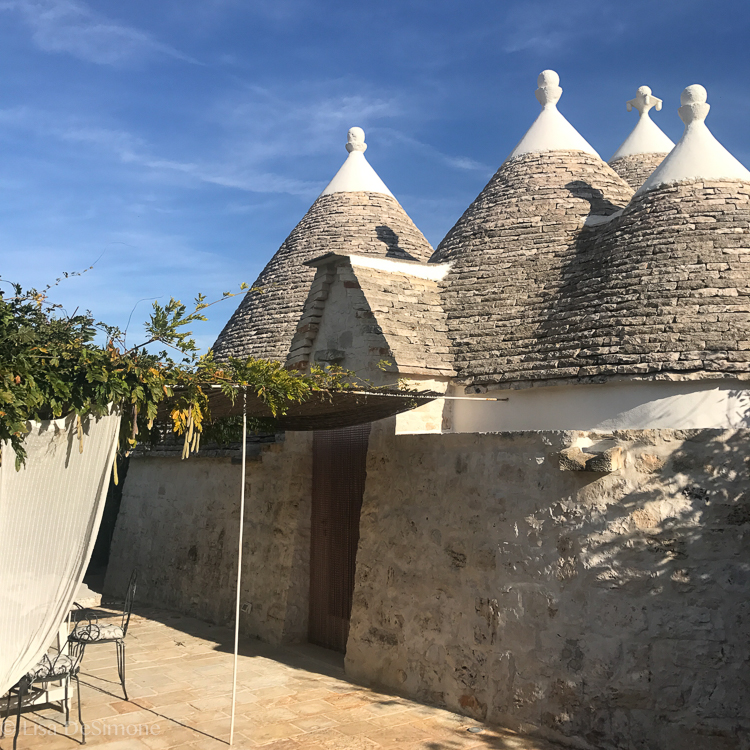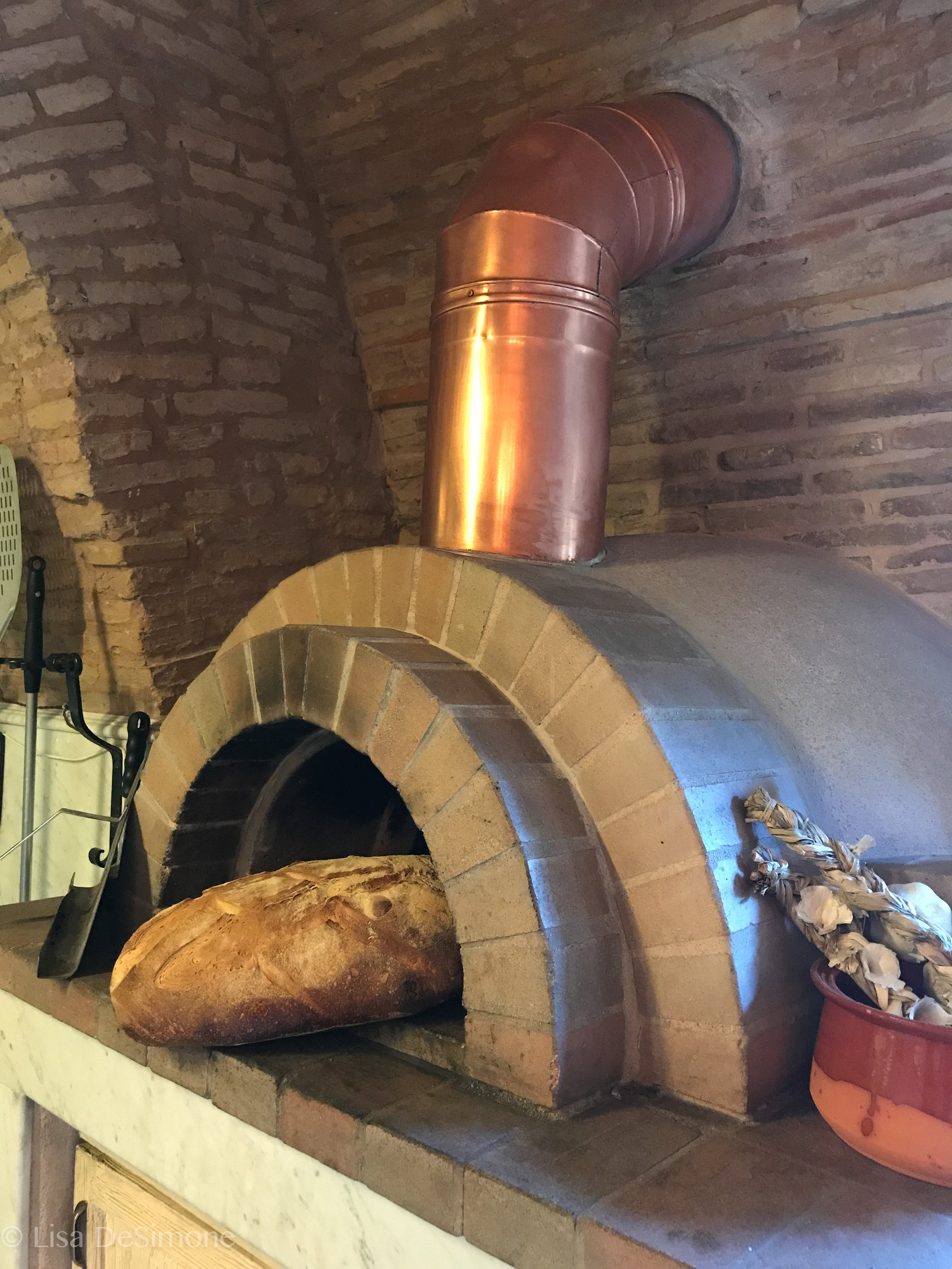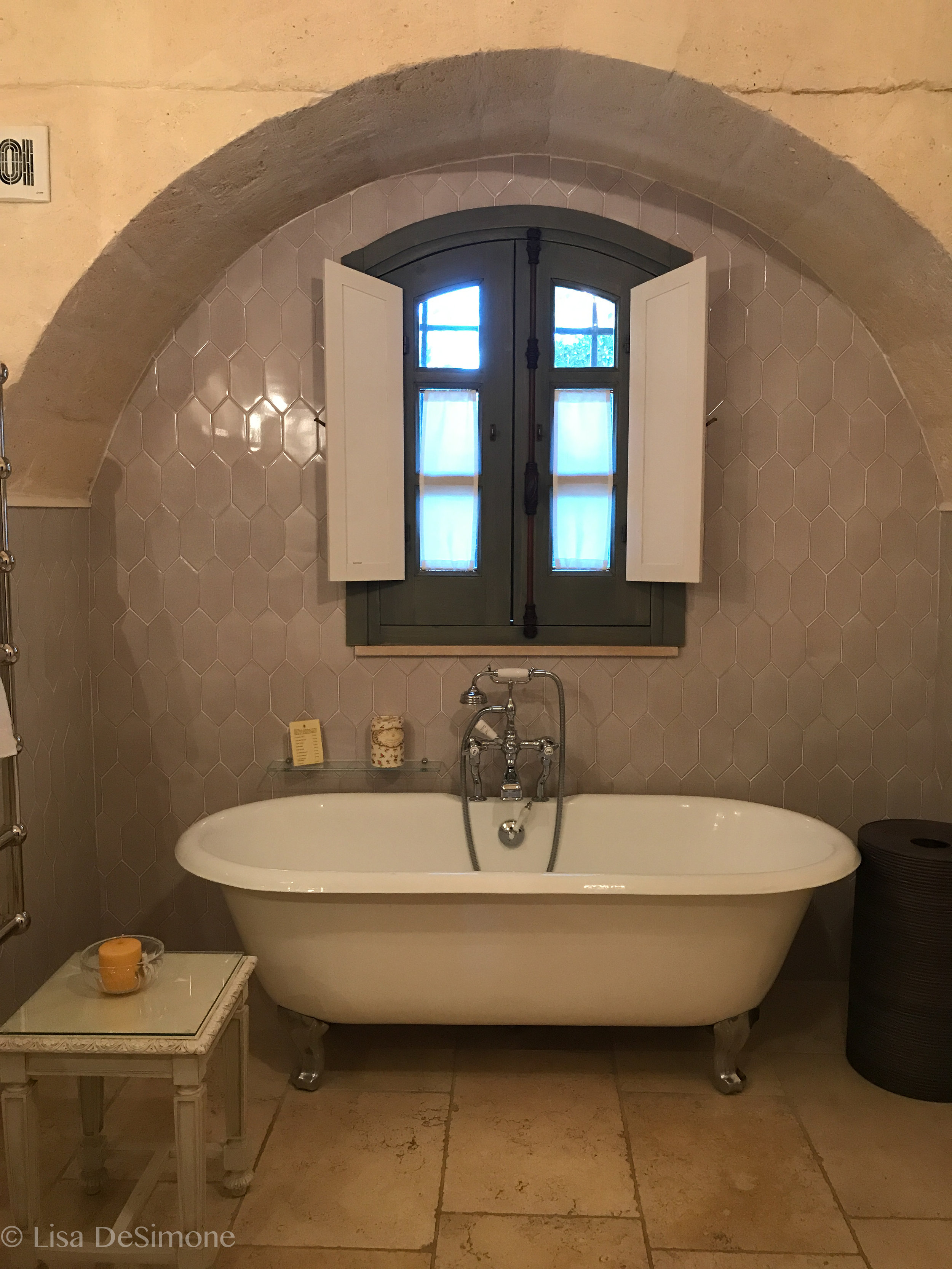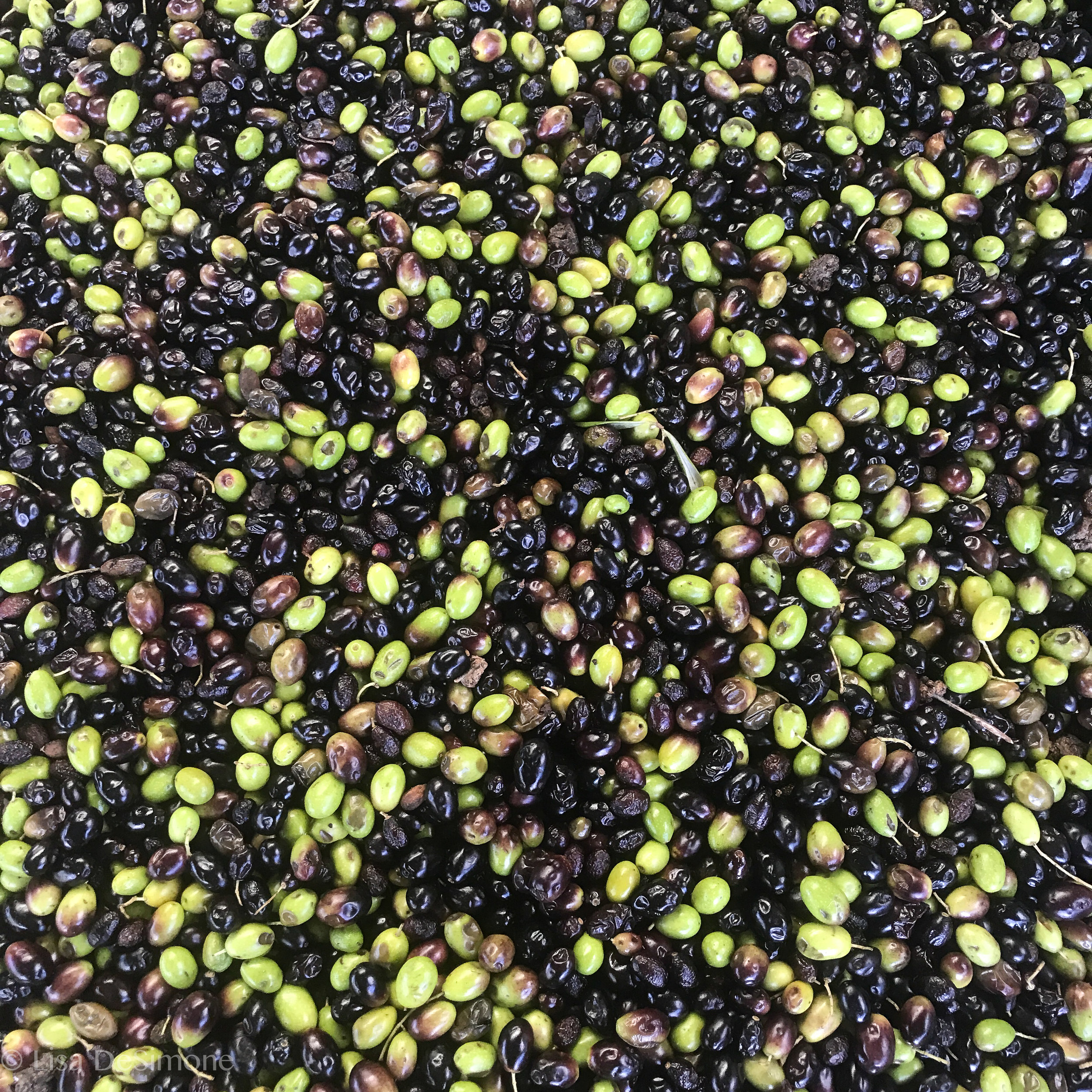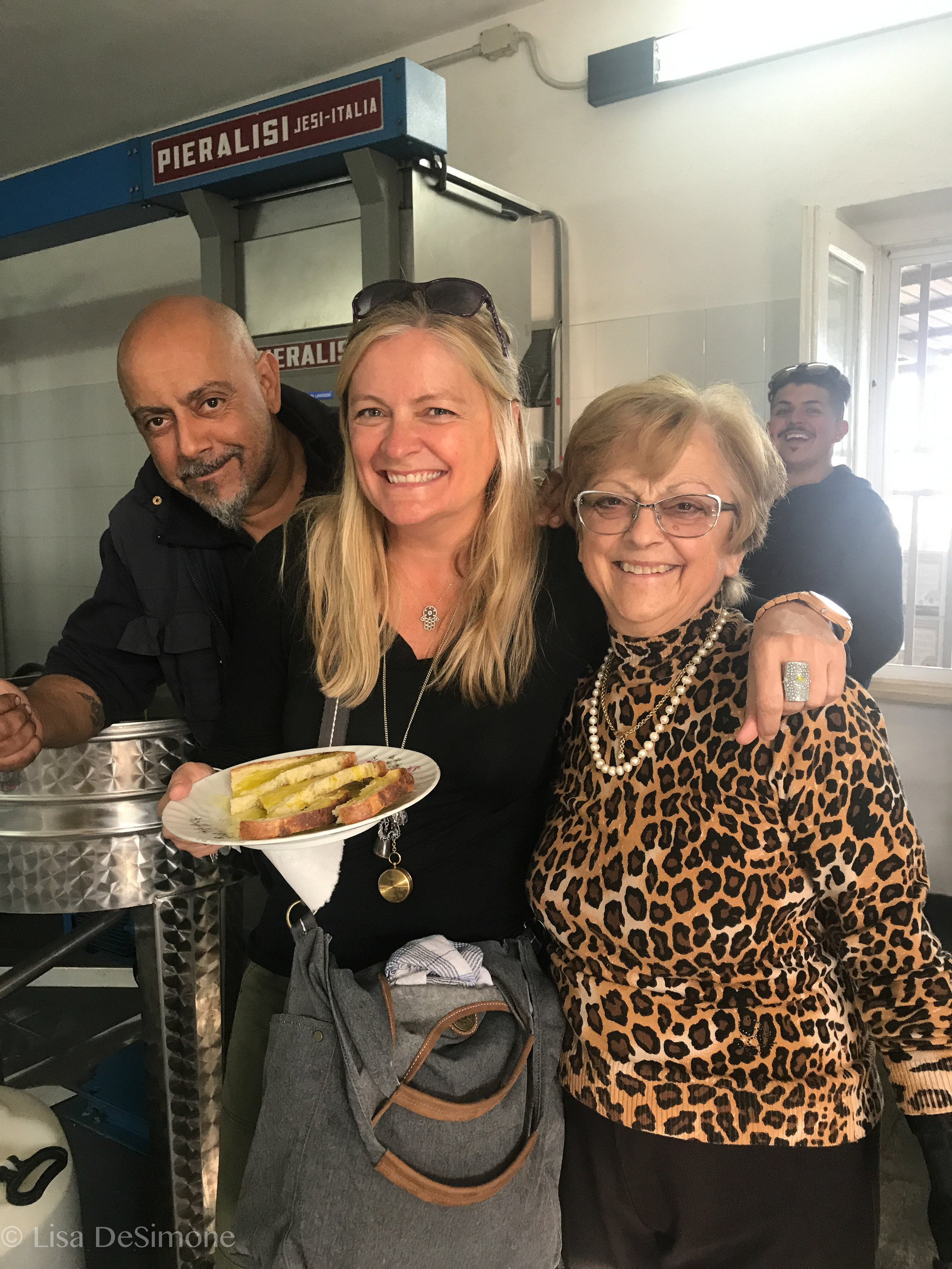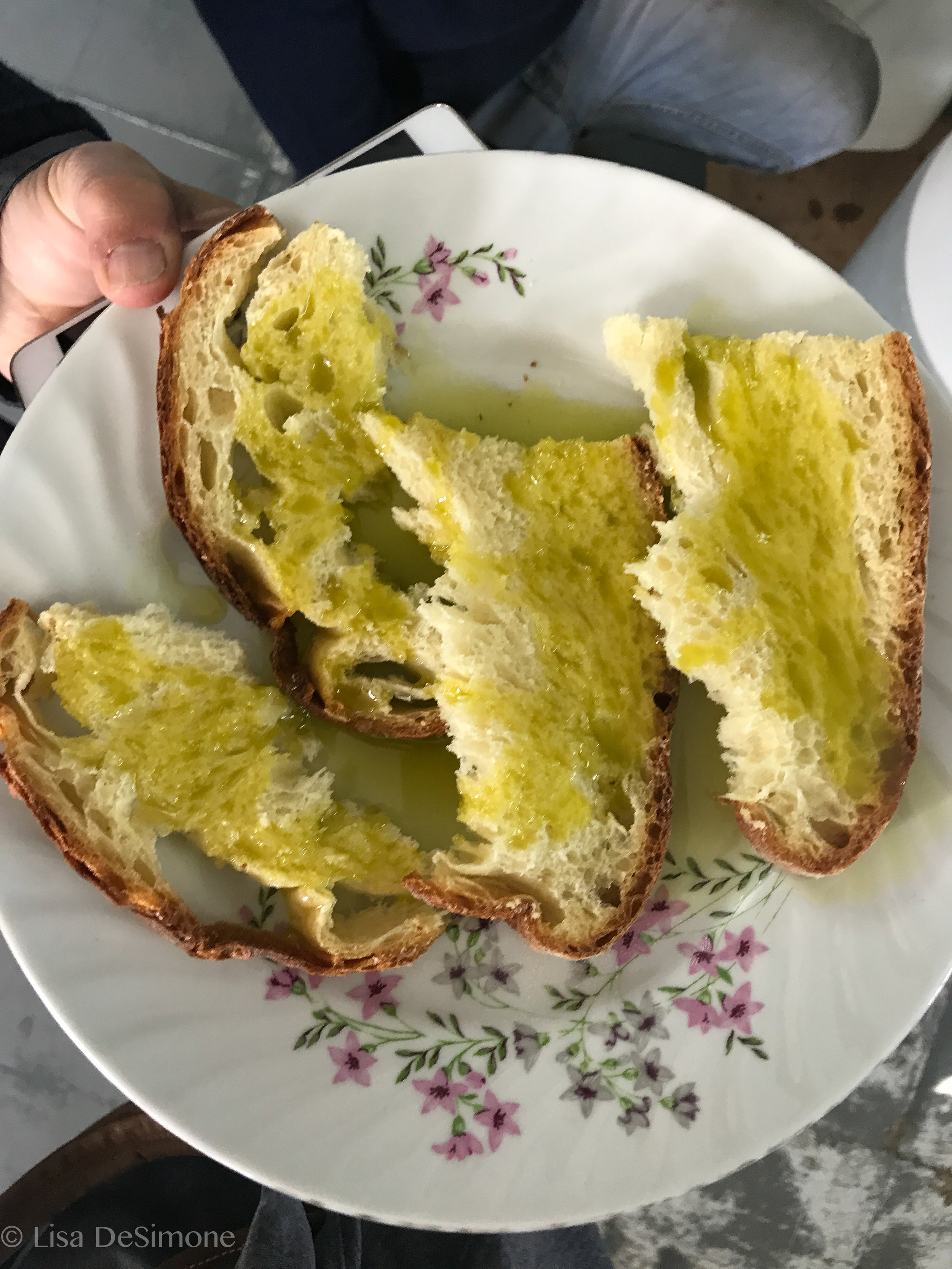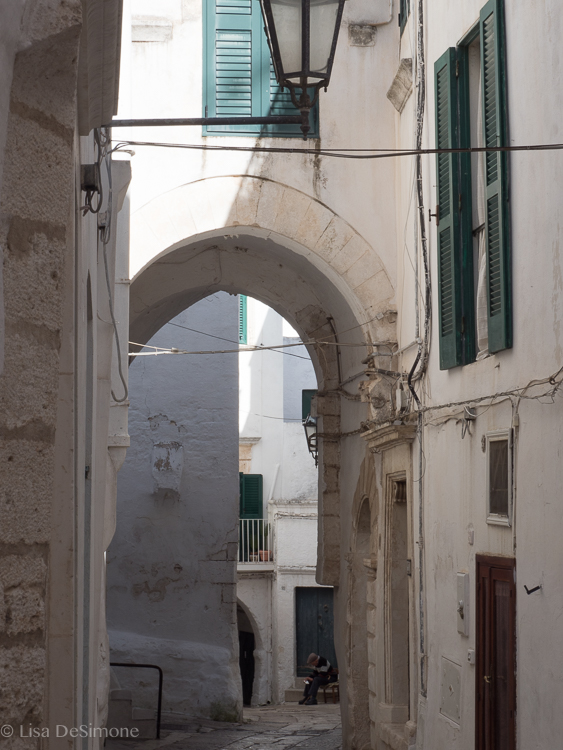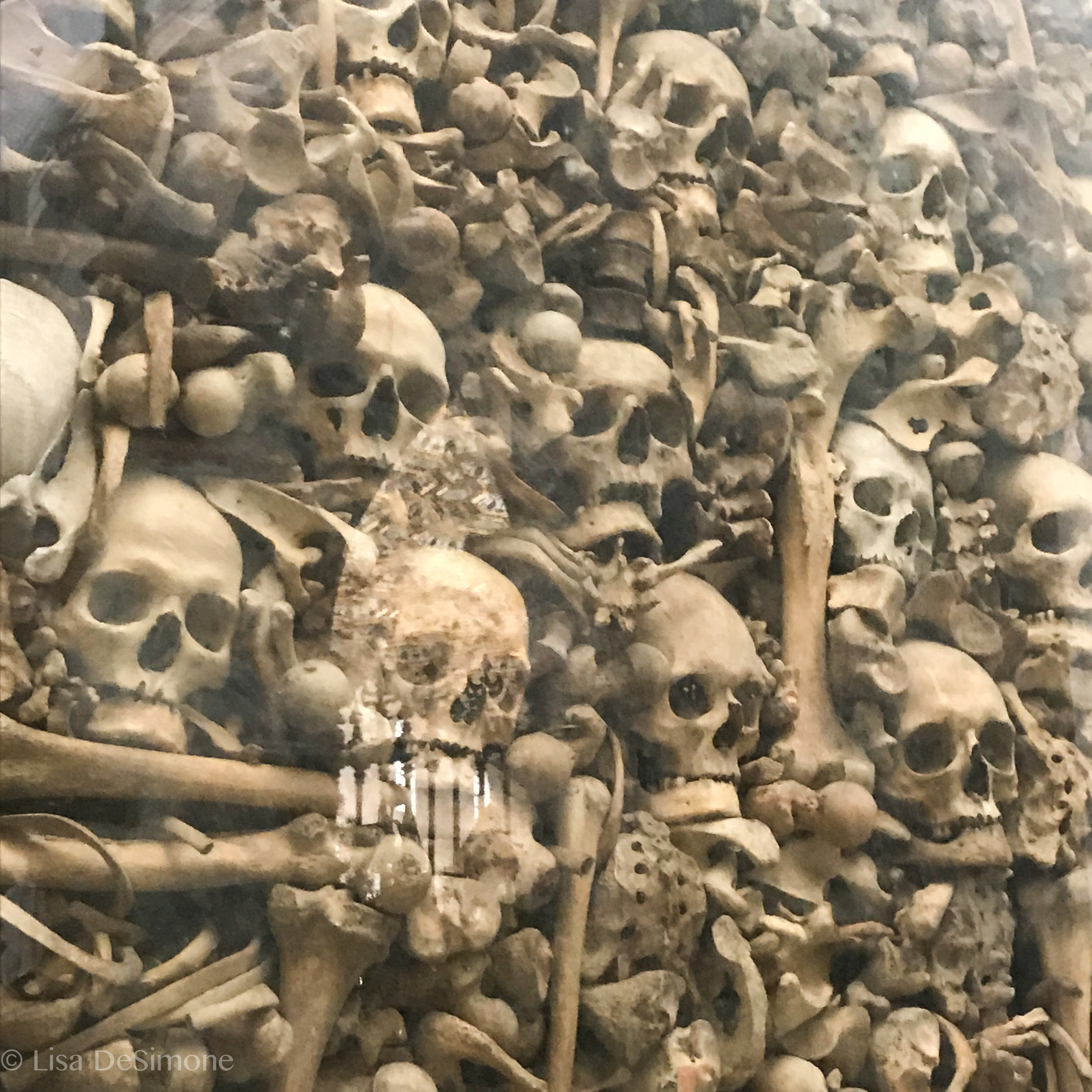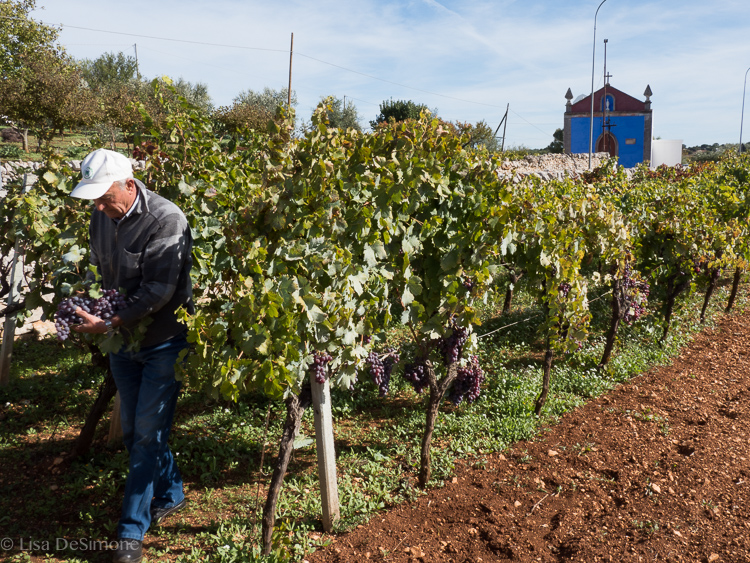My Top Experiences in Puglia and Basilicata, Italy
/When I was planning my extended trip to Italy, I knew I wanted to visit parts of the country that I had never been to before. The regions of Puglia and Basilicata kept coming to mind and the day I mentioned to my Italian relatives that I was considering going there, their eyes lit up. I knew then that I was definitely onto something special!
Matera at dusk
If you picture Italy to be shaped like a boot, the regions of Puglia (or Apuglia as it’s known in Italy) and Basilicata would be the heel and instep, respectively, of that boot. During my research, I read about regions full of history, gently rolling hills, endless olive trees and grapes vines, excellent inexpensive wine, easy access to both the Adriatic and Ionian seas, and picturesque white towns. I also knew very few people outside of Italy who had ever been to this area, so the fact that these regions were far less touristy than many others also peaked my interest.
Lecce after a soaking rain
With these visions in mind, a rough outline of what I wanted to see and do, and a rental car with unlimited miles to drive, I decided to spend a few weeks exploring this under-the-radar part of southern Italy. My expectations for this adventure were high, and I’m happy to say they were far exceeded. Puglia and Basilicata have a slower pace to life, excellent cuisine, and truly kind and generous people. After spending time traveling around, it’s easy to see why this region is one of the most popular for Italians on holiday. I loved Puglia and Basilicata, and highly recommend this area to anyone interested in getting to know Italy in a more intimate way. Discovering this region was a gift, and hopefully the following will entice you to add this part of Italy to your travel list! If you have any questions, let me know.
Ostuni, Italy
Here are my top experiences in Puglia and Basilicata
Andiamo!
** SLEEPING IN A TRULLO **
If you have done any research on Puglia - or read my recent blog post (linked here) - you will have seen photos of trulli, the cylindrical limestone homes with cone-shaped roofs found all over central Puglia. It is believed that trulli were originally built as temporary field shelters and storehouses for agricultural laborers to rest during harvest season.
When I arrived, I found trulli all over the Puglian countryside — from those that looked like they were a few years away from crumbling back to the earth, to many that had been lovingly restored and are now used as residences or accommodations. I was lucky enough to stay in my own trullo at Leonardo Trulli Resort, near the town of Locorotondo. I had a wonderful experience there.
The "resort" is small, with a very boutique feel - but it still has everything one would need for a lovely stay in the countryside. It is well situated, as all of the towns in the Valle d’Itria are within easy driving distance. I stayed in a beautifully restored trullo, which was very comfortable. The trullo had a lovely bathroom, heated floors (the nights were a tad chilly) and two outdoor spaces for relaxing (including an outdoor shower). The grounds themselves are very well maintained. There is a beautiful swimming pool and outside eating area that I am sure are wonderful in the warmer weather. Breakfast in the morning was a delicious feast (even when I was the only one there), and I was also able to get eggs made to order, which was a nice bonus.
** GETTING LOST IN THE MAGICAL TOWN OF MATERA **
Matera is easily one of the most unique and spectacular places I visited in Italy. It's the coolest town you've likely never heard of. Despite the photos I had seen during my research, seeing Matera in person was still such a surprise. An ancient town that was once considered the shame of Italy, Matera is now experiencing a tourist boom and brimming with energy.
Matera
It’s hard to believe that less than 70 years ago, some 15,000 people - mostly peasants and farmers - were still living in grottoes with no natural light, ventilation, running water or electricity. Today, Matera is a UNESCO World Heritage site and has been designated the 2019 European capital of culture. The ancient neighborhoods, known as sassi, are a series of grottoes carved out of limestone, teetering on the edge of a ravine. It’s a complex labyrinth of walkways and stone stairways full of local artisan shops, cafes and gelaterias and is the perfect place to get lost.
The uniqueness of Matera: on one side of the rock there's a church and on the other the day's laundry
I thought that my experience sleeping in a trullo was far and away the most unique place I would lay my head, but I have to say that sleeping in a cave hotel in the amazing town of Matera was a strong second place! I stayed at Corte San Pietro and was invited by the owners to stay in a different cave suite each night during my stay. It was an amazing place that I highly recommend.
Travel Tip: Make sure to visit the FIA Casa Noha before doing anything else in Matera. Located in the centre of town, this multimedia exhibit (in an ancient building) tells the story of Matera in a moving and informative way and will help you understand and fully apprecaite it’s complex history.
Early morning in Matera
** WATCHING THE GODFATHER AT FRANCIS FORD COPPOLA'S PLACE **
The most surreal moment of my two months in Italy happened in the small hill town of Bernalda, when I found myself inside Francis Ford Coppola’s boutique hotel - Palazzo Margherita - laying on a couch in the opulent salon turned cinema, watching The Godfather on a giant screen!! The town of Bernalda was the birthplace and home to Coppola's grandfather and Francis purchased the Palazzo in 2004 (it was built in 1892) with the desire to transform it into a small, luxurious Italian boutique hotel.
The gardens at Palazzo Margherita
It’s easy to miss Palazzo Margherita, as the entrance is unmarked and looks like any other entranceway on Corso Umberto, Bernalda’s quaint main street. Once the doors open, however, you are transported to a splendidly refurbished palace with a swimming pool, magical garden (where Sofia Coppola was married!), and leafy courtyard. The attention to detail in the design and decorating of the Palazzo is striking.
The premise of the hotel is to make you feel “at home,” (if your home were a true 19th century palazzo!!) which is why most meals are taken in the courtyard or the eat in kitchen at a communal table, with the kitchen staff and brick oven in full view. The kitchen staff offers cooking lessons as well, and I joined the other guests in learning how to make three kinds of pasta.
The staff at Palazzo Margherita were very attentive but not intrusive, kind and helpful. I was upgraded to a lovely suite situated right off of the garden and each morning I would throw open the windows and let gratitude sweep over me.
There is a small cafe in the Palazzo that opens onto the town sidewalk, but otherwise the Palazzo is off limits to non-guests. At any time they wish, guests are invited to use choose from 200 movies curated by FFC and view them in-room or in the salon. On my last night there, I was the only guest, and chose to have a freshly made pizza delivered from the kitchen to the salon, where I drank a local wine and watched The Godfather. Someone pinch me! Staying at Palazzo Margherita was a real treat for me.
** LEARNING TO MAKE SOUTHERN ITALIAN PASTA FROM SCRATCH **
Situated near the bottom of the boot's heel, Lecce seems difficult to reach when viewed on a map. In reality though, it's relatively easy and it's definitely worth the effort! Sometimes referred to as the Venice of the South due to it's beautiful architecture, Lecce holds a distinct charm that I really enjoyed. The weather was less than ideal when i was there, however it didn't stop me from walking the streets and when it did clear up, enjoying the golden hues at dusk.
Lecce street scenes
While I was in Lecce, I wanted to learn more about Pugliese cuisine, so I decided to take cooking lessons while I was staying in the town of Lecce. I had read many glowing recommendations online about The Awaiting Table and so, in advance of my trip I corresponded with Silvestro Silvestri (the owner). I was able to join for a full day of food and wine and had a great time. There were just a few others with me for the lessons, making it a really great, personal experience. We started our day with a trip to the Lecce town mercado (market) to buy the fish and vegetables that we would be preparing at Silvestro’s home kitchen.
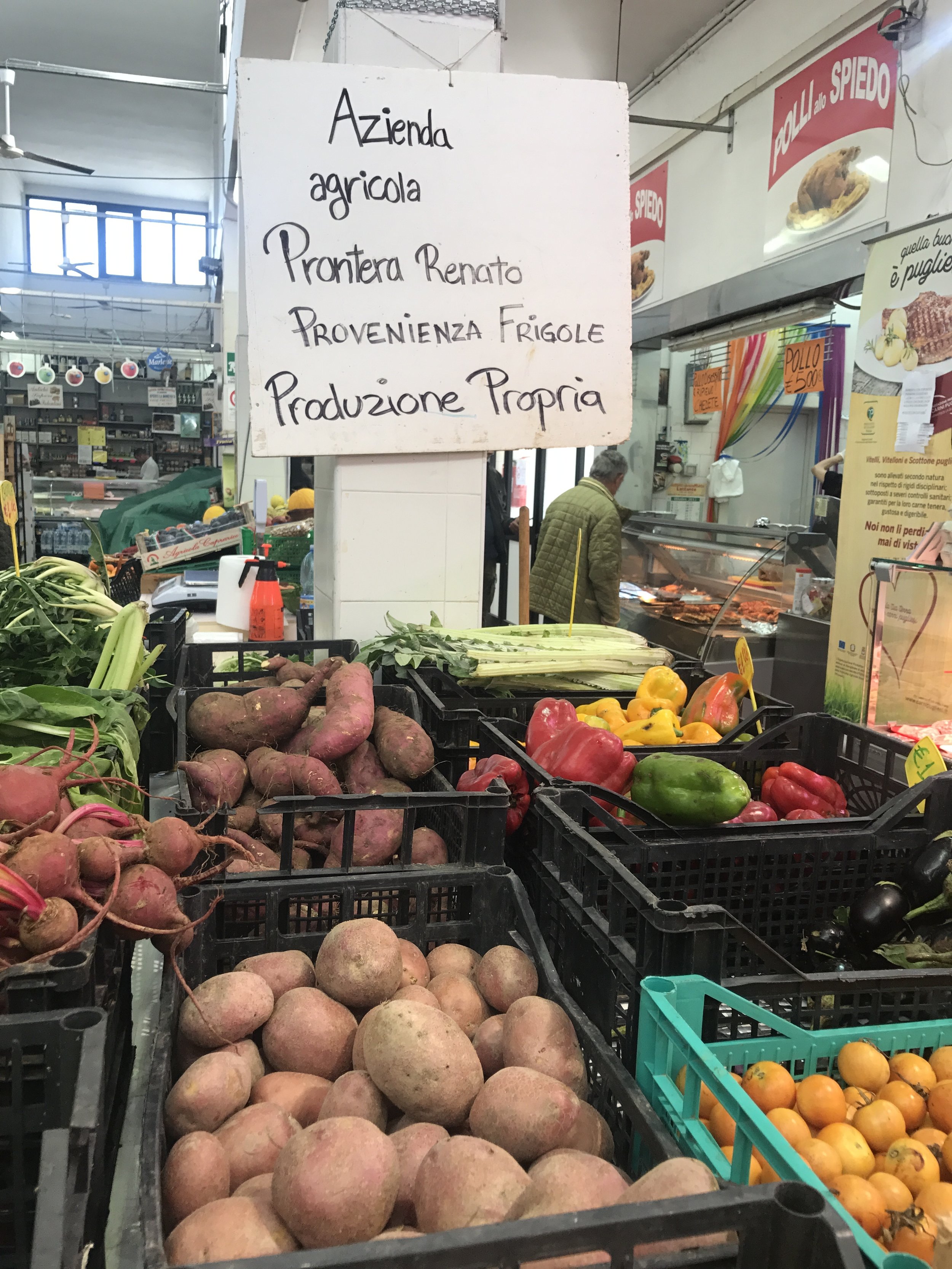
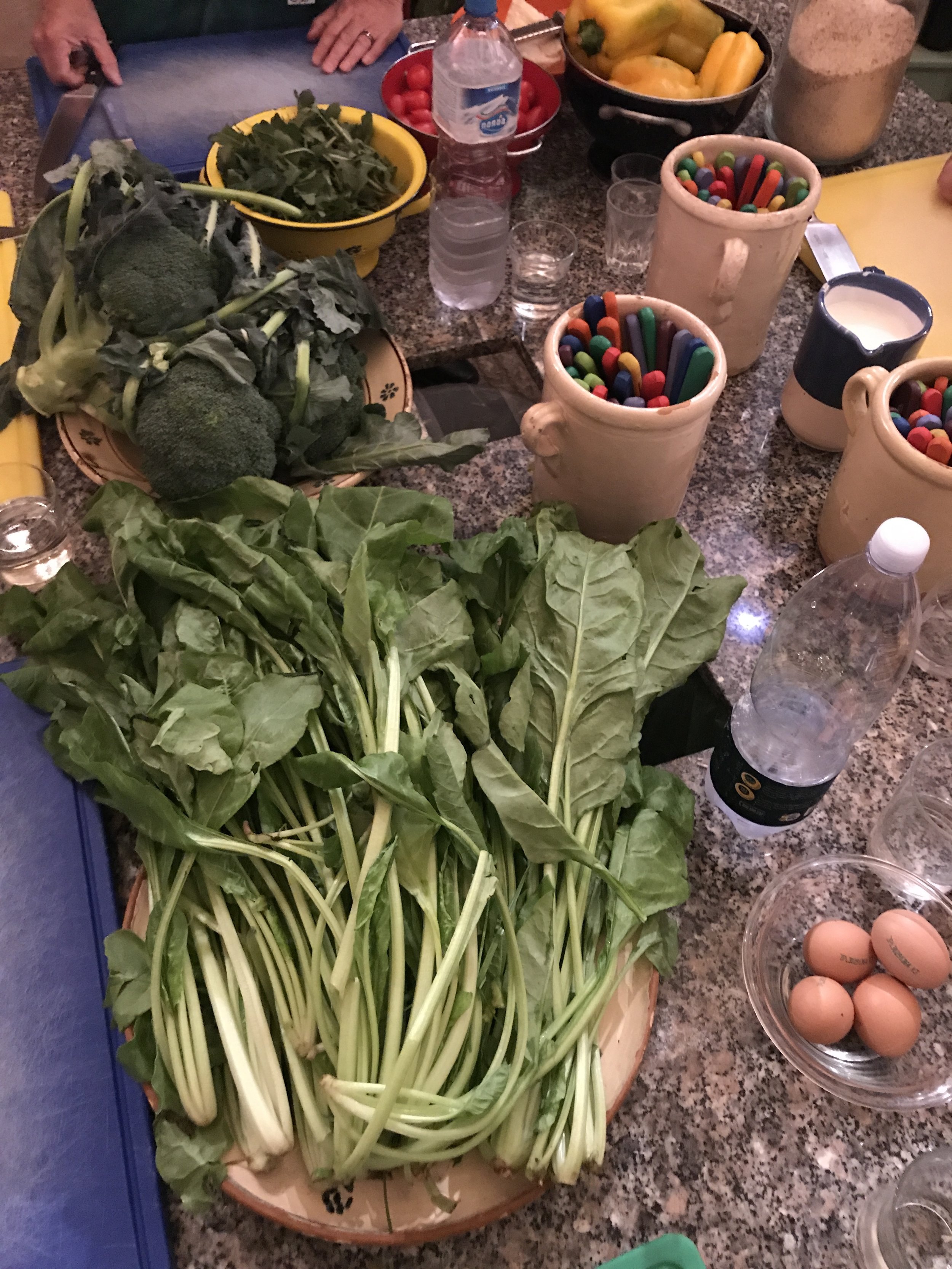
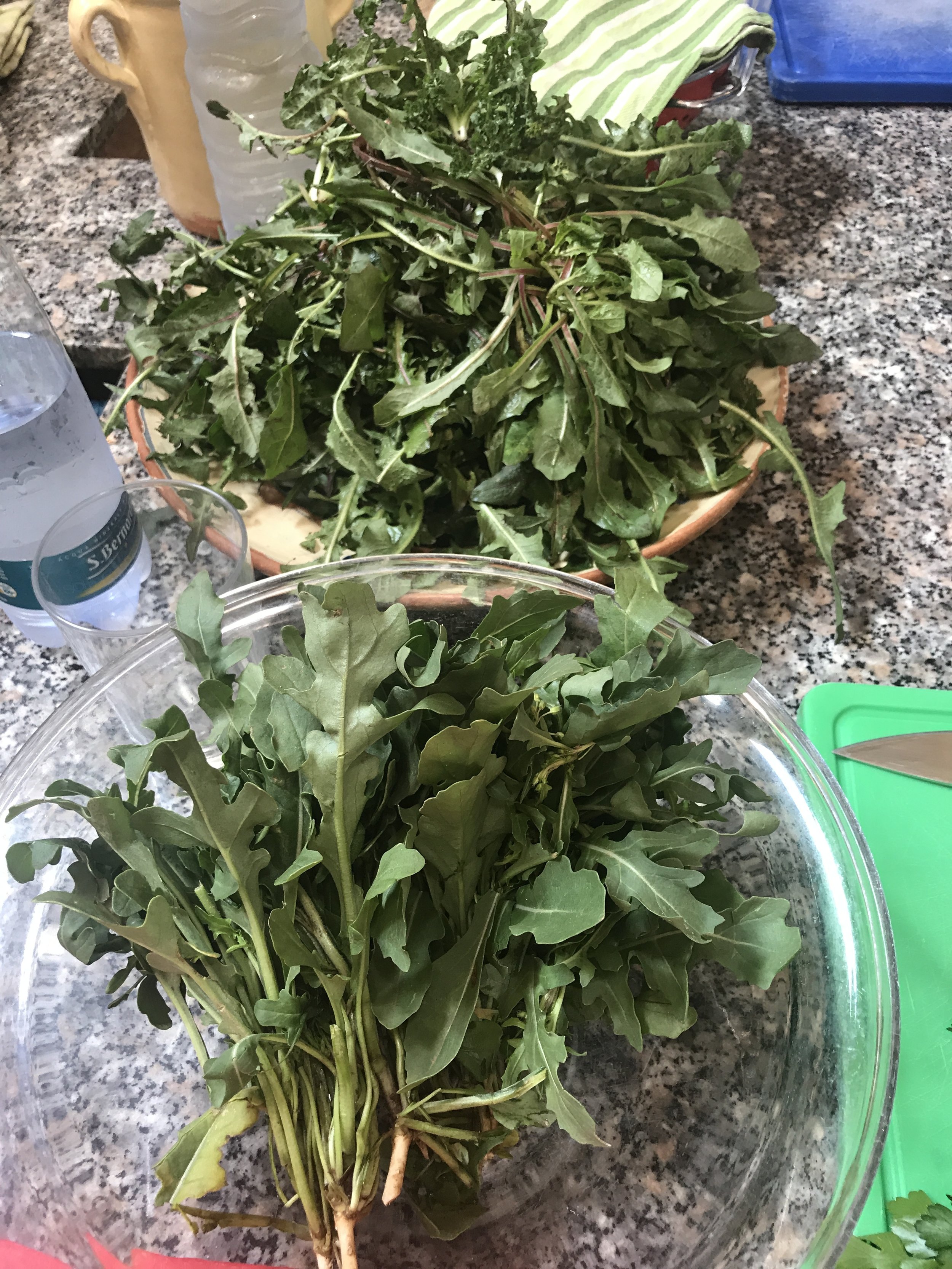
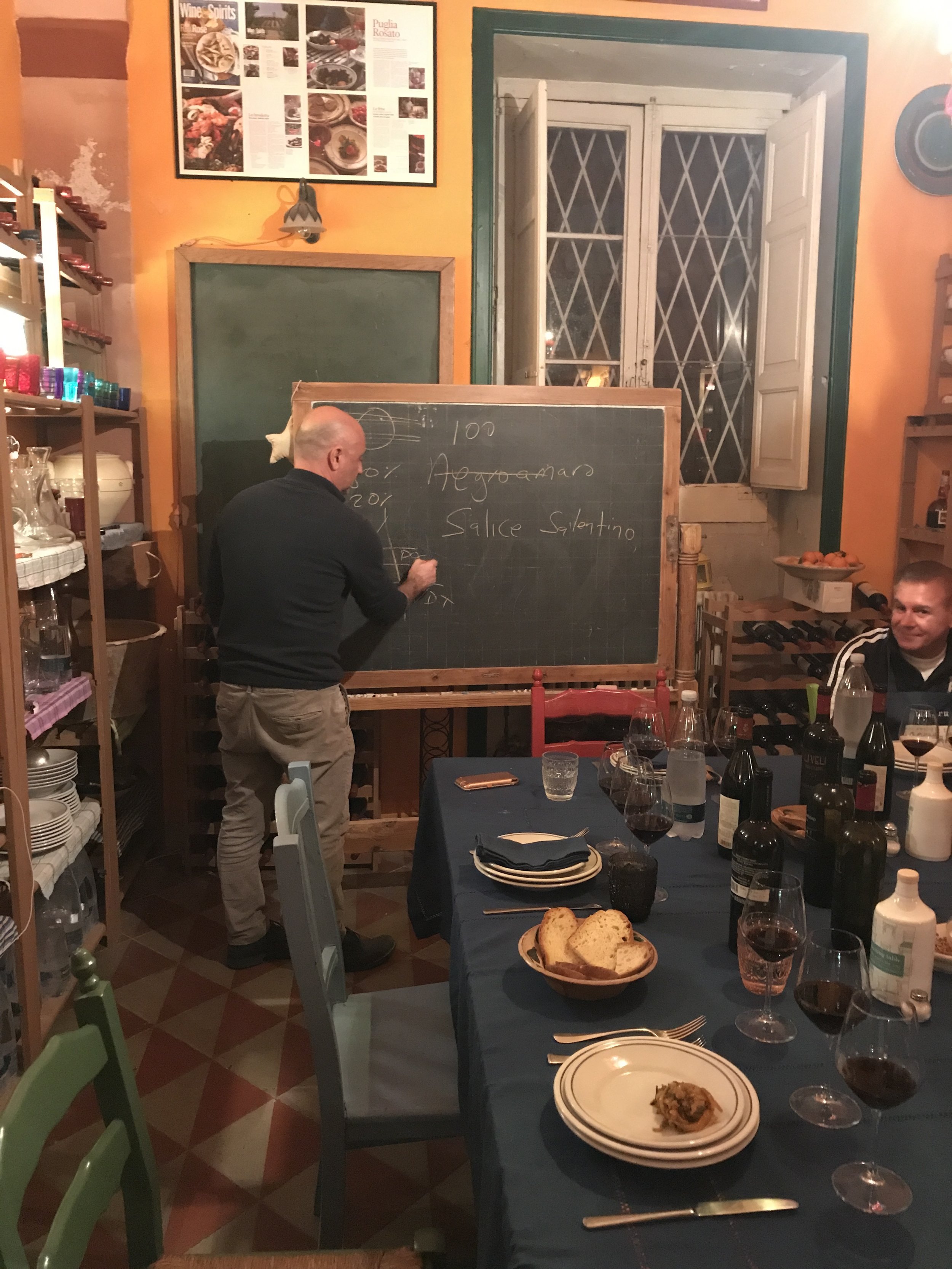
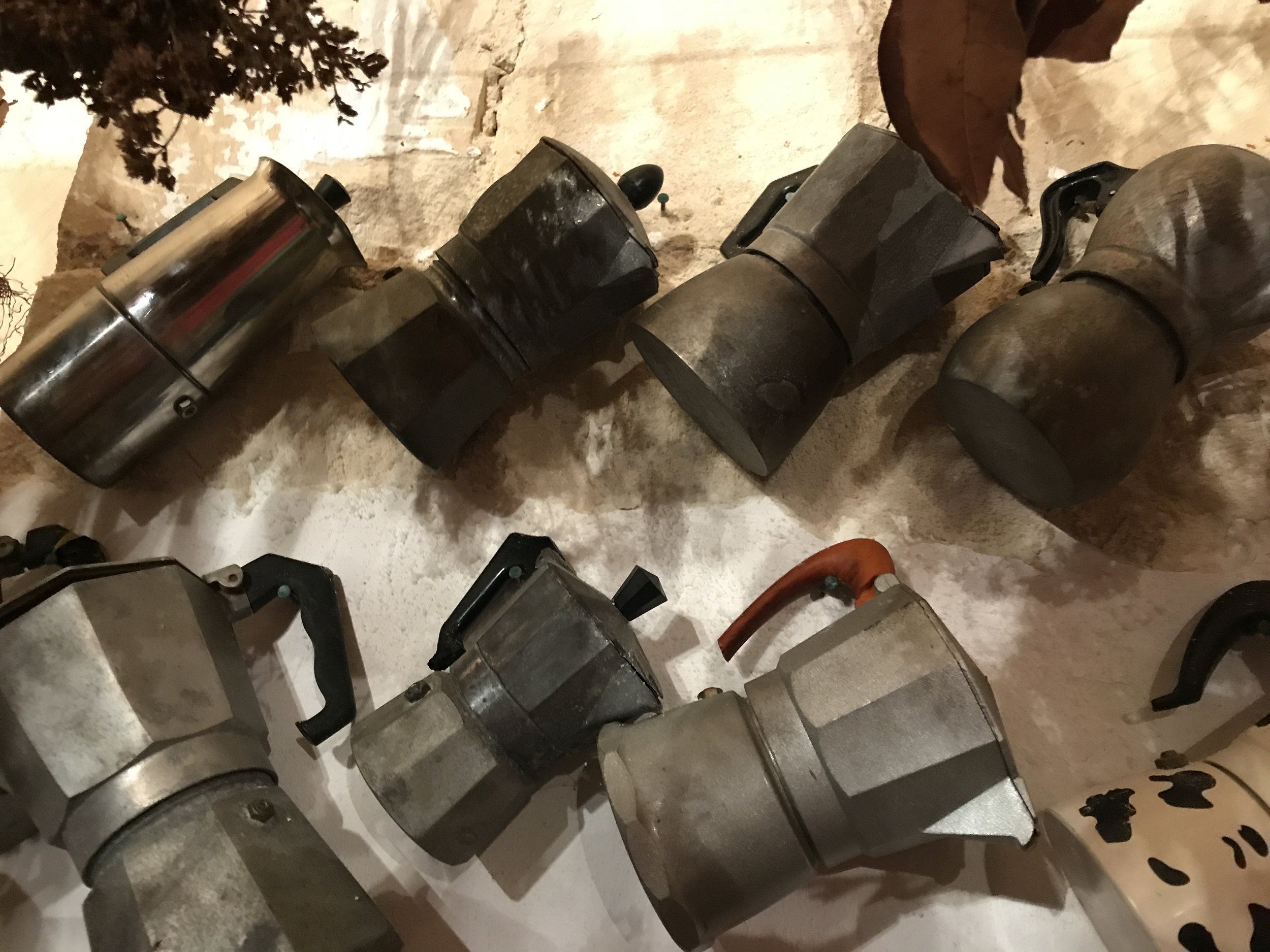
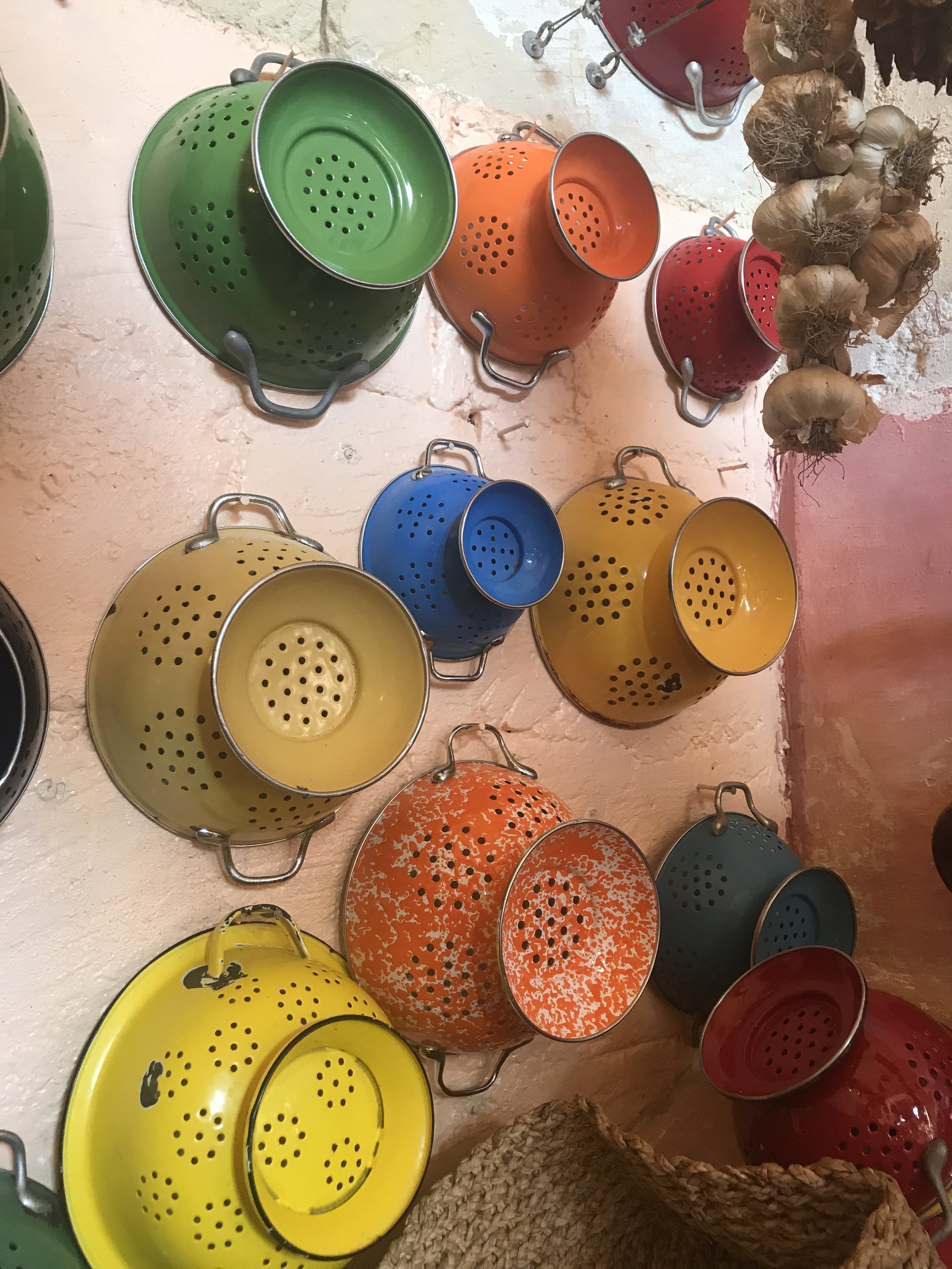
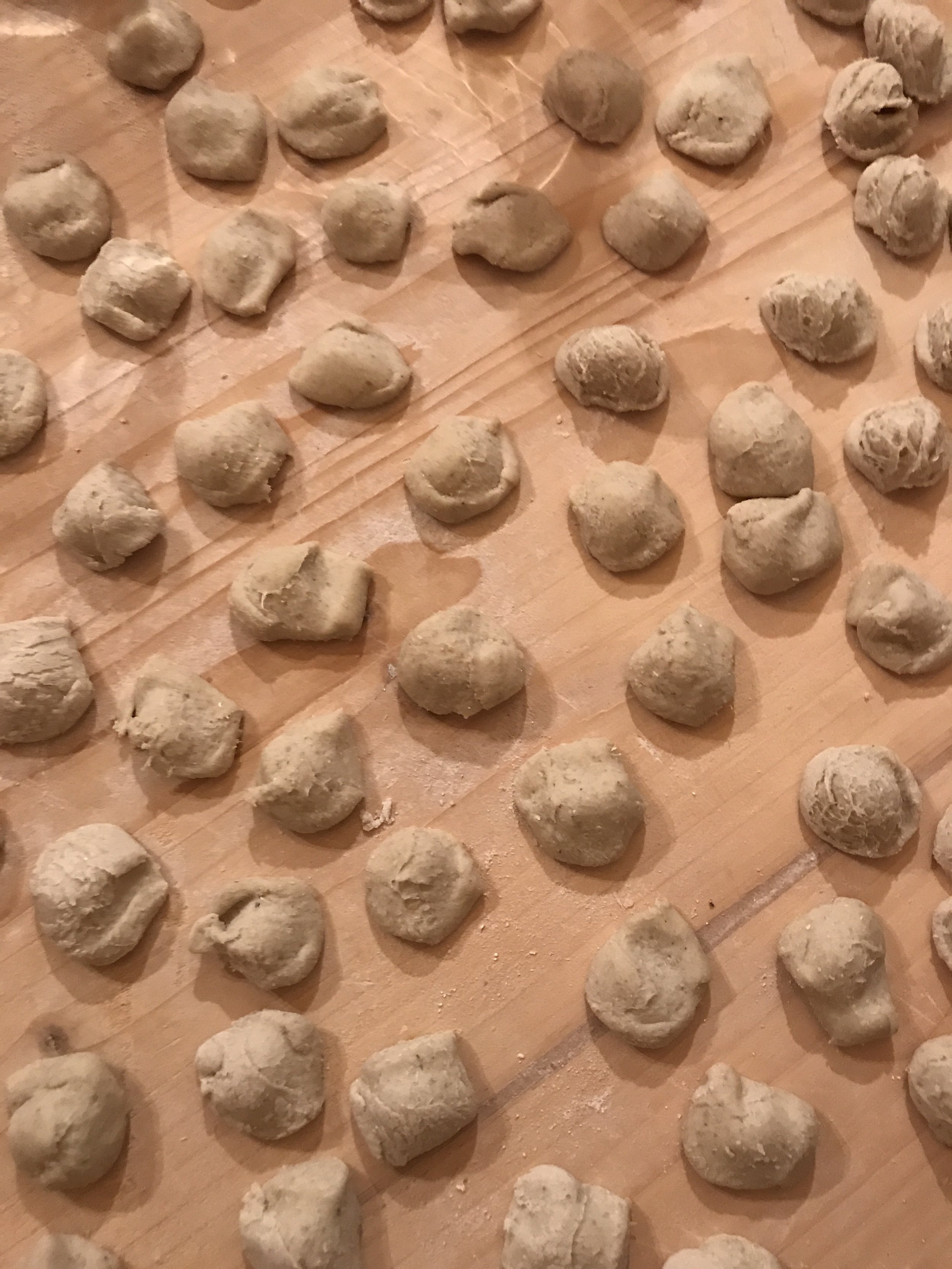
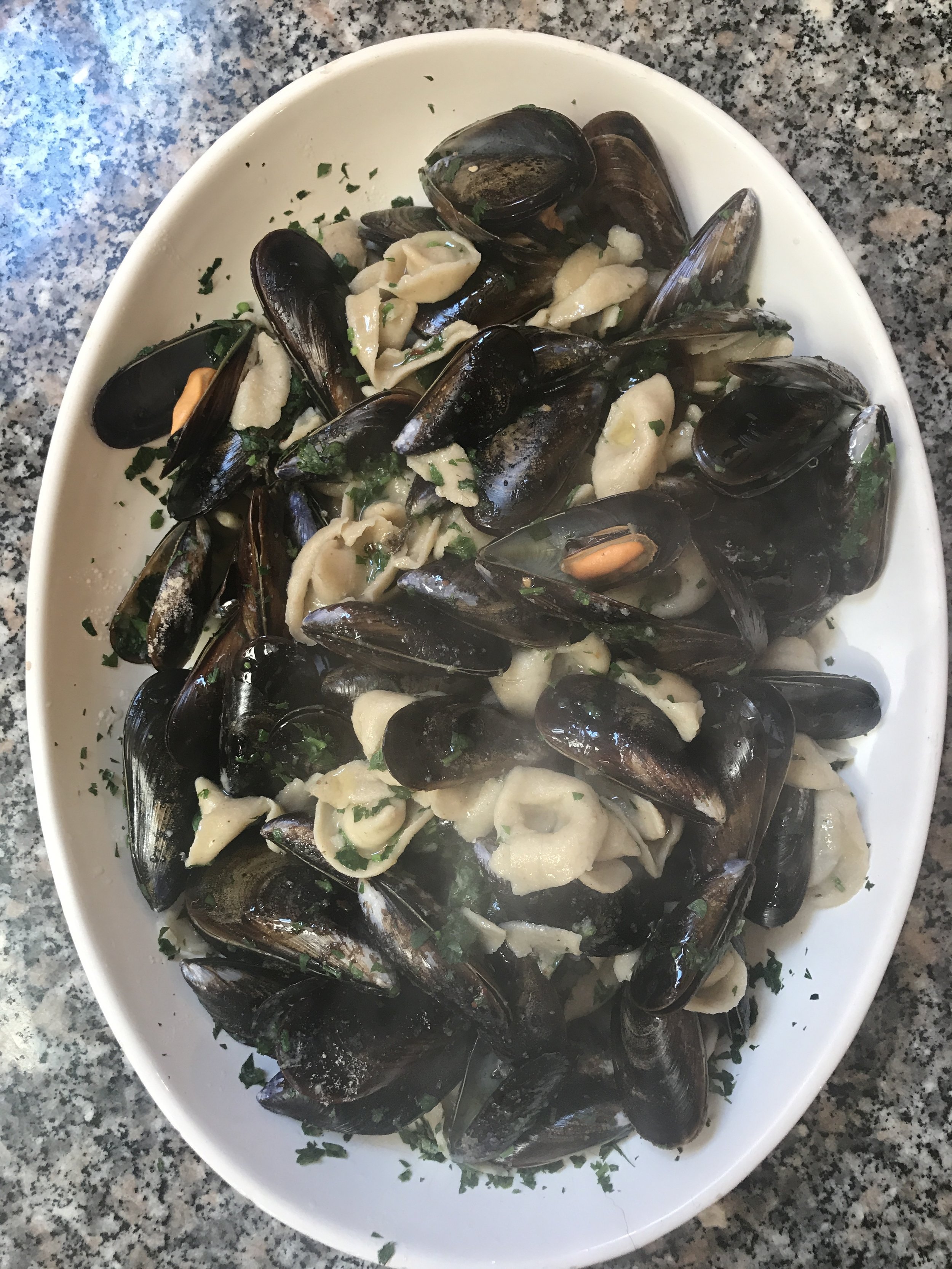


I grew up in an Italian family, and as a result was familiar with many of the dishes we prepared during our lesson. That said, although my Mom sometimes made pasta from scratch, I personally never took the plunge and tried to make it on my own. I was very surprised to find out that southern Italian pasta is made with NO EGGS — just a combination of two-thirds wheat flour to one-third barley flour and water! The resulting pasta has a taste that is a bit more earthy and rustic than a traditional egg pasta, but so delicious! I will definitely be making pasta at home now, it really is super easy and so much tastier than dried pasta.
Having a Caffe Leccese in Lecce is always a good idea
If you ever find yourself in the Lecce area of Puglia, look up The Awaiting Table for sure! Silvestro was a wealth of knowledge about Puglia in general, it’s cuisine and wines. In additional to one day lessons in his home, he runs a variety of multi-day cooking workshops at a nearby castle (yes, castle!) - one of which is completely dedicated to olive oil, which looks really intriguing to me!
Travel Tip: Make sure to order a “Caffe Leccese” at one of the many cafes that line the main street in Lecce. It’s a very basic but sublime drink of espresso over ice with almond milk. Delicioso!
** VISITING OLIVE OIL PRODUCTION FACILITIES DURING THE HARVEST **
Once I had a taste of “real” olive oil during my cooking lessons at The Awaiting Table, I knew that I wanted to learn more about olive oil production. Puglia supplies around 40% of all olive oil produced in Italy (it is the first region for quantity and quality of ExtraVirgin Olive Oil produced per year), and around 12% of olive oil production in the whole world.
The olive harvest was happening at the exact time I was in southern Italy and owing to the kindest of the local people, I was able to visit two small, independent producers in Puglia and Basilicata. I learned about the harvest and pressing process, and was treated to tastes of oil straight from the press.
True extra-virgin olive oil comes from the first pressing of the olives, contains no additives, and is pressed without heat. I learned that color is no sign of quality, as the color is only dependent on the specific type of olives harvested: the best I tasted were a luminescent green. The oils I tasted were delicious: full-on and surprisingly spicy - and unlike anything I’ve tasted back home. I worry that anything I buy back home from now on will just taste awful :-(
I also learned that much of the oil sold in supermarkets in both Europe and the US labeled as “extra virgin olive oil from Italy” is anything but: Many times the oil is mixed with oil from other countries and is not first cold-pressed oil. Apparently “olive oil fraud” is a thing…who knew? It’s not impossible to get good EVOO in the US -- the additional price you will pay will be worth it. The lesson here is to read your labels carefully before you buy.
** WANDERING THE STREETS OF WHITE-WASHED TOWNS **
There are numerous white-washed towns in northern Puglia that are worth exploring. It’s best to base yourself in one town for several days, and spend your time day tripping to the Baroque and Rococo style small towns of Cisternino, Alberobello, Locorotondo, Martina Franca, Ostuni and Otranto. After parking on the edge of the old town, my favorite activity was getting lost in the various alleys and plazas.
Meeting the locals in Puglia
Italians in Puglia and Basilicata are very serious about "la pausa” - basically "The Pause" in the middle of the afternoon when nearly all of the businesses, restaurants, cafes and even tourist sites shut down. Everyone goes home for their three-hour lunch break. It’s a great time to stroll around and capture images of near empty streets. Most towns do not have any major attractions, but there are still plenty of things to see: wonderful churches and palaces, hidden piazzas, winding alleyways, local food markets and slow food trattorias.
One exception is the town of Otranto, where the principal attraction is the Cathedral. Here, spectacular mosaics cover the entire floor of the church, and is noted to be one of the largest mosaics in all of Europe. The central motif is the Tree of Life, supported at the base by elephants, a symbol of purity, with branches telling pagan and biblical stories. Another tree near the front of the church depicts heaven on one side and grizzly scenes from hell on the other. In the chapel here you can see human remains of the 800 martyrs who resisted the Turkish invasion and refused to convert to Islam. The empty sockets of hundreds of skulls stare down at you in stark contrast to the beauty of the mosaic floor.
Travel Tip: Make sure to have a meal in the Michelin Star restaurant Osteria del Tempo Perso in Ostuni’s historic center. The restaurant is situated in a few charming grotto-like rooms in an old tavern and is very atmospheric. An extensive wine list and excellent food make this a must-do stop. I was in town during the off season so had no problem getting a table for lunch but reservations are recommended other times of year for both lunch and dinner.
** LUXURIATING AT ONE OF THE WORLD'S BEST SPAS **
After traveling around for so long, I was feeling a little rough around the edges. A quick Google search revealed a surprising result: a spa voted in 2017 by Conde Nast Traveler magazine as having the most “Most Life-Changing Experience” was located within a 30 minute drive of Leonardo Trullo Resort. Whaaaaat? I immediately booked a day of treatments at Vair Spa.
The Spa was located inside Borgo Egnazia, a large hotel and golf resort on the Adriatic coast. I had lunch at the resort before heading to my treatments and was really impressed with the cool, monochromatic esthetic, calm vibe and general peacefulness all around. The treatments were great (albeit pricey), the staff was wonderful, and it felt great to be pampered for the day. That said, Borgo Egnazia is a very large resort, and I was happy at the end of the day to head back to the cozy and more intimate Leonardo Trullo Resort.
** MEETING THE LOCALS **
While I was in Italy, I worked hard on my Italian language skills. Unlike in the bigger cities where people seem to speak English, here many people spoke only Italian. Even though I knew that I wasn’t using correct grammar most of the time (everything I said was in the present tense, even if it happened in the past, for example: “Ten years ago I visit Italy” haha), most people were kind enough to indulge me and I was able to have basic conversations with many locals.
One memorable exchange happened as I was driving down a country road in the Valle d’Itria. I stopped to take photos of some trulli houses on the side of the road and was startled to find a man on a ladder, pruning his fruit trees. A conversation in my halting Italian ensued and ended with me being invited inside his home and given a bag full of grapes fresh from his vines!
My new friend in Puglia and his grape vines
In another example of kindness, when I mentioned that I was interested in learning more about olive oil, the lovely owner of Leonardo Trulli offered to connect me with her friend Enza. I met Enza on the side of the highway one afternoon, and ended up spending several hours with her being shown some lesser known areas of Basilicata. In her spare time, Enza works for a non-profit organization called Basilicata Culture - look them up when you decide to visit.
The Logistics: Where I Stayed in Puglia and Basilicata
Each and every place I stayed at was unique and near perfect: I'd recommend all of them!
Otranto: Masseria Muntibianchi
Locorotondo: Leondardo Trulli Resort
Bernalda: Palazzo Margherita
Matera: Corte San Pietro


